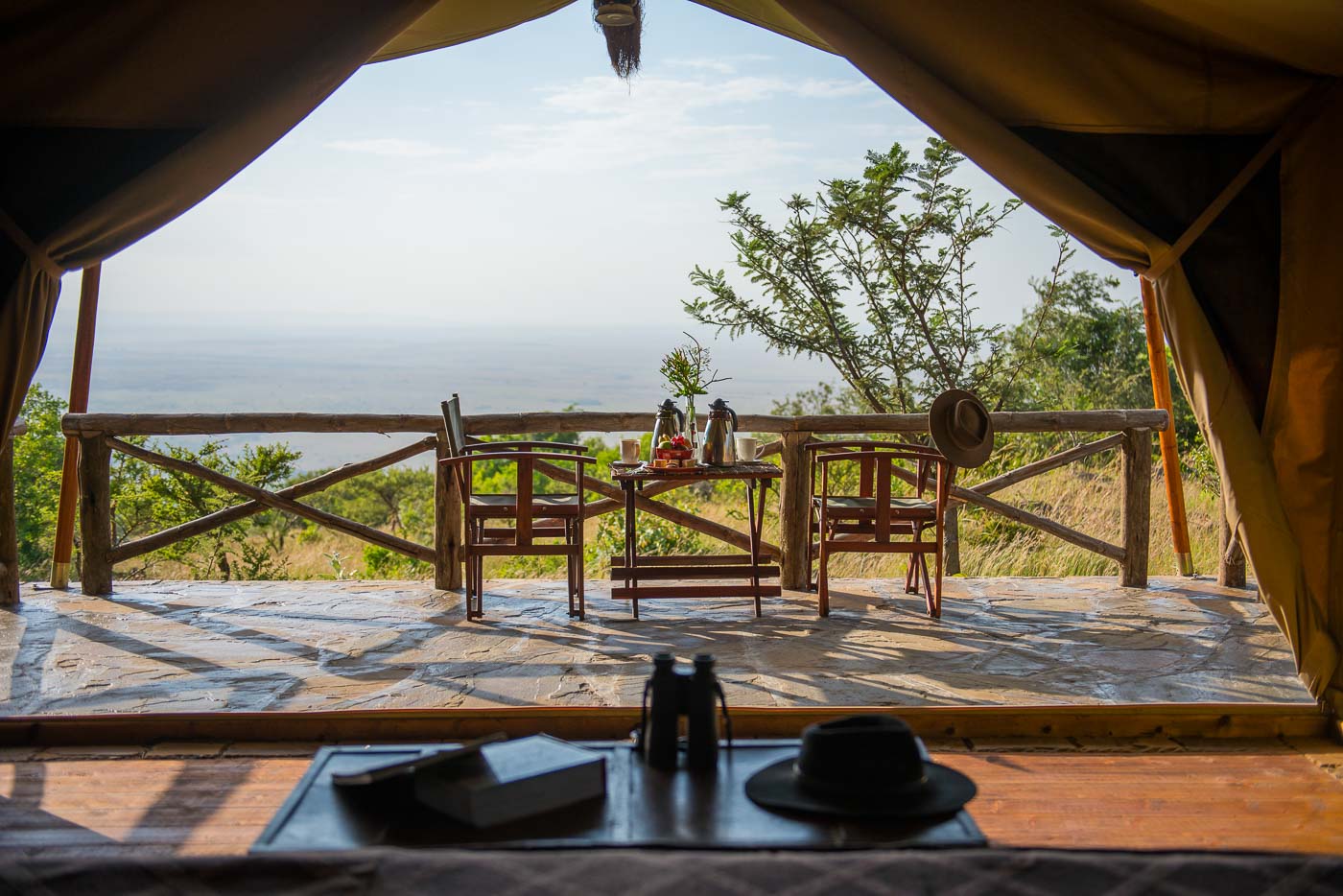The thought of arriving after dark to a chilly overnight in a yurt isn’t particularly cozy, especially when raining. But if it comes with a campfire and its very own homebrew, things are looking brighter. This is Norway, where nature excels and fuzzy reindeer are ever-present.

And at Hardanger Basecamp in Osa, you get much more than a yurt. Within close distance to the Hardanger tourist route, where a simple drive through means dramatic scenery and thundering waterfalls, the gateway to Hardangervidda – as it’s marketed – promotes a “back to basics, back to nature” way of life. The perfect location for active travelers, the basecamp offers guided hikes and various workshops from April to October such as “edible plants and insects,” “bush craft techniques” and “survival skills.” In addition, all guests get a free “making fire” and “campfire cooking” workshop and cutlery to use.


Our introduction to Hardanger Basecamp took place over a covered crackling campfire, assembled in front of the yurt. Expertly prepared by our host, Robert, a nature lover and mastermind in wilderness survival skills, using pine tree with resin particularly useful in rainy conditions, we warmed up and sipped beer from our host’s personal homebrew reserve. Driven by his passion for bush crafts and Norway’s stirring landscapes, he made it a life mission to educate people how to get closer to nature.

Meticulously built by Robert and his family, a Belgian transplant enraptured by the Norwegian wildlife, the yurts are sturdier, permanent versions of the traditional Mongolian yurts, tailored to suit Norway’s harsh climate. Supported by stakes, with a first layer of felt and then canvas, they are also much homelier, decorated with arctic fox and reindeer furs. Heating is just a push of a button away, and since this year, all yurts are equipped with electricity. It’s like a nature hotel, but better. All you have to worry about is how to most efficiently get to the restroom, complete with showers, some 50 meters away (164 feet).

Out of six yurts total, two operate on a youth hostel model, where you can rent a bed and share with others, perfect for numerous families or groups of friends. Breakfast is also provided as a B&B, as well as towels and housekeeping. Two upmarket, more private yurts are expected for 2017.


Hiking the challenging Hardangervidda mountain plateau is a big draw, as well as fishing, kayaking and more. The nearest town, Ulvik, is also a popular cruise destination, with the longest suspension bridge in Norway. But perhaps the biggest reward here is waking up to stunning views of Osafjord, just steps away from your accommodation. And the second comes over breakfast at the Osa Kaféen. Two words: Belgian crepes.


One of the advantages of a Belgian host is indulging in all you can eat fresh crepes, made by Robert’s son, Christophe. Boasting some ten marmalades to choose from, including creative nature-related flavors such as pine tree and dandelion, you’ll have the chance to burn the sugar high following this power breakfast. Try the Belgian brown sugars also available, equally exceptional. If savory breakfasts are more to your liking, plan ahead or talk to your host.

After breakfast, go explore. Nature enthusiasts, this is Norwegian nirvana, complete with a comfortable yurt.
Monica Suma is a Romanian-American freelance travel writer and blogger, always on the hunt for art, good food and all things Cuba. Through storytelling and an insatiable pursuit for whimsy, she contributes to a variety of publications such as Lonely Planet, BBC Travel, Business Traveller and more. Follow her adventures live on Instagram and Twitter.

















